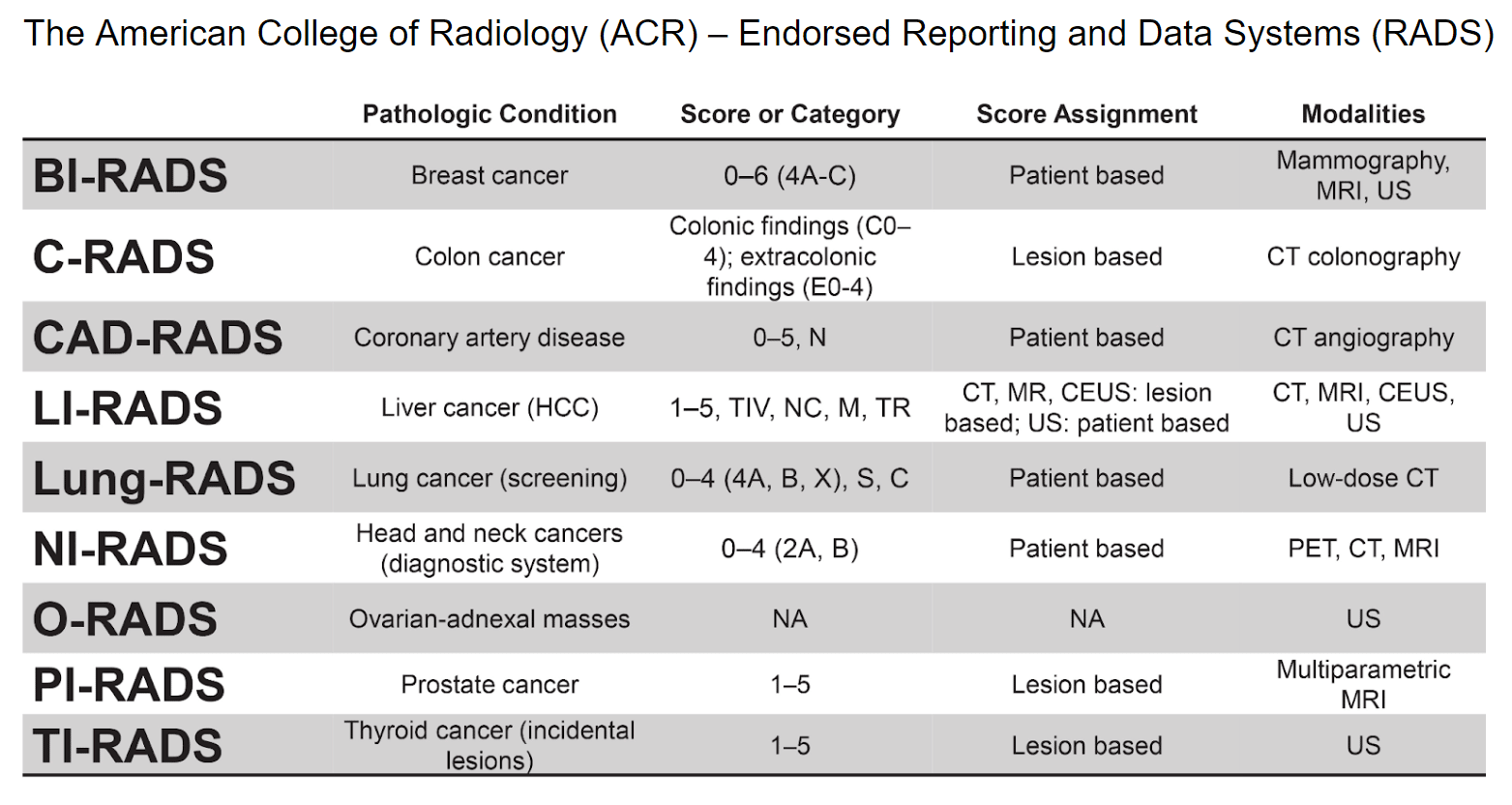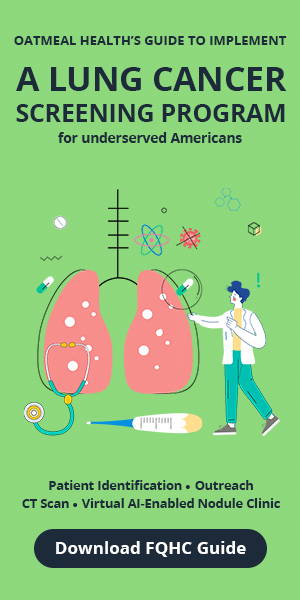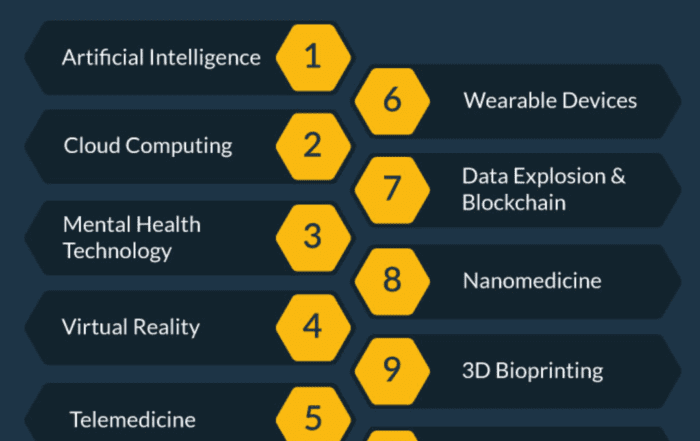Share this article and save a life!
At some point, it won’t be realistic to expect primary care providers to do ‘one more thing.’ due to limited time in their already packed schedule, as noted in an article Jonathan Govette wrote called “The Battle Between Primary Care and Time: The Doctors are Losing”
In the early 90s, radiology created an important system to improve breast cancer screening and reporting called BI-RADS. New areas have been added and the list is now up to 9, including liver, thyroid, and lung. And there are 6 more in the works. These are critical to systematizing the valuable data extracted from imaging.
What is RADS, and why is it important?
“Imaging RADS” refer to the Radiology Reporting and Data System, a standardized system used to interpret and report the results of medical imaging studies, such as X-rays, CT scans, and MRI scans. This system helps radiologists communicate their findings clearly and consistently to other healthcare providers.
Primary care providers, who are usually the first point of contact for patients seeking medical care, may not be as familiar with the Radiology Reporting and Data System as radiologists or other specialists who routinely interpret imaging studies. This can make it difficult for them to understand the results of imaging studies and to determine the appropriate course of action based on those results.
Additionally, primary care providers may not have the specialized training or experience needed to interpret complex imaging studies or to identify subtle abnormalities that may be missed by less experienced clinicians. As a result, they may not always be able to provide the most accurate diagnosis or recommend the most appropriate treatment based on the imaging findings.
To address these challenges, it is important for primary care providers to collaborate closely with radiologists and other specialists who are experienced in interpreting imaging studies. This can help ensure that patients receive the most accurate diagnosis and appropriate treatment based on their imaging results. Additionally, ongoing education and training can help primary care providers improve their understanding of imaging RADS and their ability to manage them effectively.
Not enough time to manage everything properly
While there may be similarities between different reporting systems, each one also has its own unique aspects. Moreover, asking healthcare providers to manage all of these systems along with their other clinical responsibilities may not be sustainable. Educating patients about the importance of screening and explaining their results in detail can be time-consuming.
On top of this, ensuring that patients follow up appropriately and tracking compliance metrics at scale could be a full-time job for a practice. While large health systems may be able to centralize these processes, smaller clinics may struggle to do so.
Get in touch to help us fix this issue:
Oatmeal Health would like to help. Please send Jonathan Govette, or me (Ty Vachon M.D) a message if you’d like to learn more.
Centers for Medicare & Medicaid Services expanded lung cancer screening guidelines earlier this year to include up to 14.5M patients. Only 5% are screened.
Now is a good time as any to build a platform to carefully and efficiently screen our patients at scale.
Share this article and save a life!
Author:

Jonathan is a seasoned executive with a proven track record in founding and scaling digital health and technology companies. He co-founded Oatmeal Health, a tech-enabled Cancer Screening as a Service for Underrepresented patients of FQHCs and health plans, starting with lung cancer. With a strong background in engineering, partnerships, and product development, Jonathan is recognized as a leader in the industry.
Govette has dedicated his professional life to enhancing the well-being of marginalized populations. To achieve this, he has established frameworks for initiatives aimed at promoting health equity among underprivileged communities.





